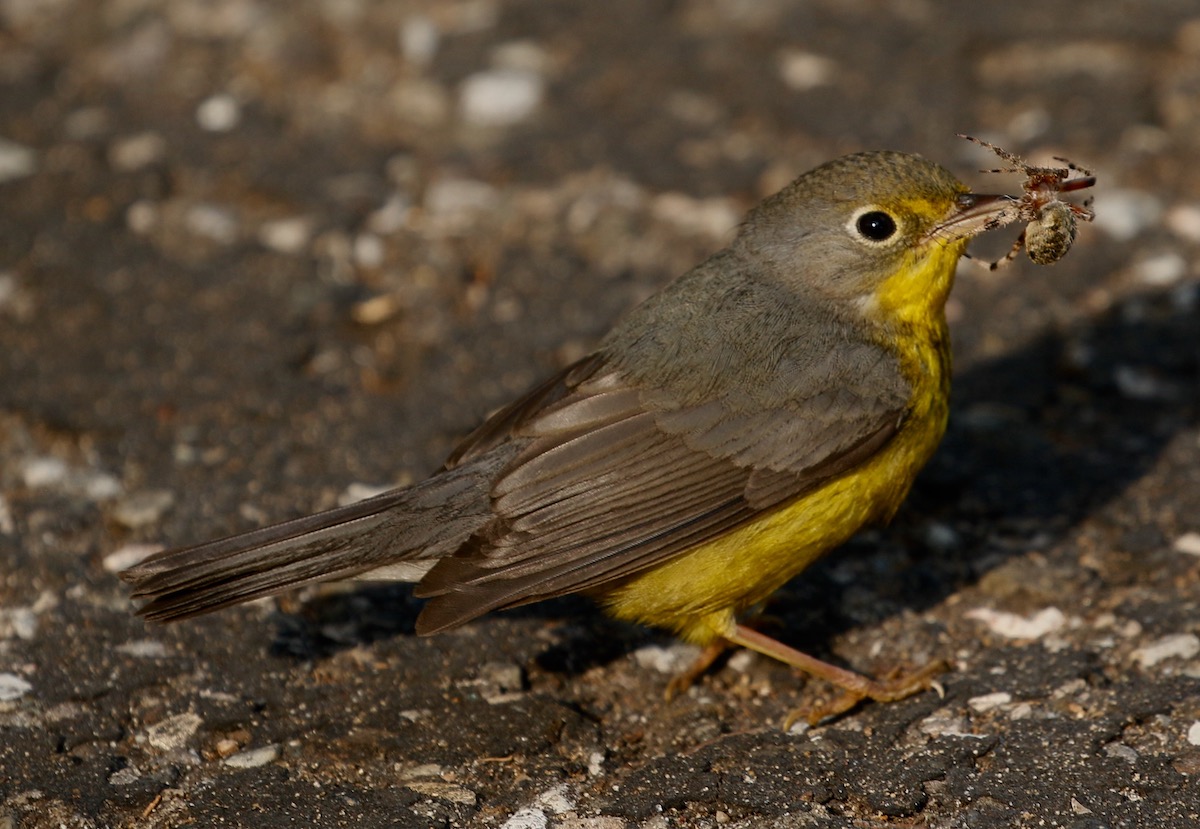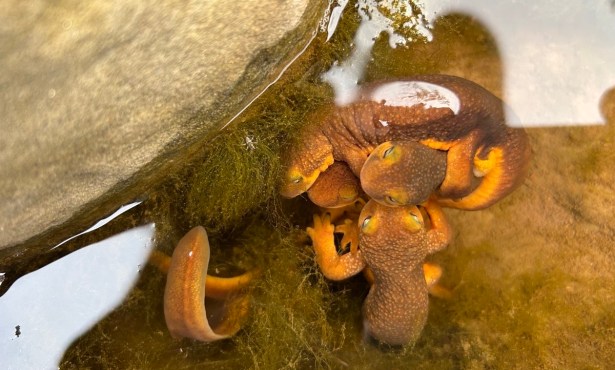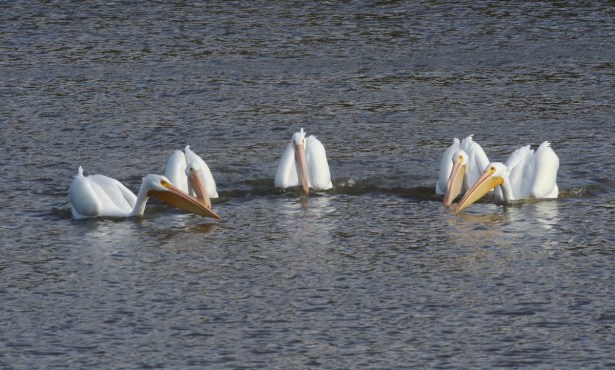Santa Barbara Birding: Migration Rarity Roundup
Hot Spots Have Been Parking Lots

After a poor start, fall bird migration has seen many surprises, not least in the locations where many rare birds have been showing up. Traditionally, birders have put much of their efforts in locating migrants along our local creeks, but even those few that have water have lately seen a paucity of birds. No, the birding hot spots have been parking lots!
In the past few years, birders have noticed that Tipuana tipu trees, native to South America and found in parking lots all over town, have a habit of concentrating birds. Recently, these trees have been attacked by an insect, the tipu psyllid. Both adults and nymphs of these bugs produce large amounts of honeydew that in turn attracts birds looking for a quick energy fix.
This fall, a patch of tipu trees in a Goleta business park, just west of Costco along Hollister Avenue, has attracted an astonishing variety of western migrants, and among them, birders discovered several species of rare eastern strays that set pulses racing: red-eyed vireos, blackpolls, ovenbirds, parula warblers, and Canada warblers, to name a few. These are birds that are seen perhaps once each fall in the county, and to have them concentrated in one small area was remarkable.
Sign up for Indy Today to receive fresh news from Independent.com, in your inbox, every morning.
Because of work commitments, I couldn’t make it to the parking lot ’til the party was almost over. Numbers of birds reported had been waning, but I gave it a go. Fortunately, the Canada warbler was lingering, and I had a case of birder’s neck as I watched it forage high in the canopy overhead. Then the warbler dislodged a large spider that landed with an audible click mere feet away from me. To my delight, the bird followed its prize to the ground, where it spent a couple of minutes trying to find a way to consume the spider. I remained motionless, and the bird seemed unconcerned with my presence. I admired its bright yellow and gray plumage and the necklace of spots across the breast. After a couple of minutes of tossing the spider about, the Canada warbler managed to swallow it in one gulp.
Other introduced trees also attract parasitic bugs that attract birds because of their secretions. Eucalyptus trees attract a different species of plant-juice-sucking psyllid that birds seem to find as equally tasty as those in the tipus. As I write this, looking out at the coast live oak tree in my yard that is being ravaged by clouds of oak moths and their caterpillars, I noticed with chagrin that this infestation does not attract birds at all; in fact, birds seem to have been fewer in my yard since the moths arrived. Despite prevalent feelings to the contrary, introduced plantings can be beneficial in helping migrating birds along their way.
I often wonder just how many of these bird-friendly microhabitats there are around town. Surely many more than have been discovered to date.
I encourage you to check out the Santa Barbara Audubon Society’s latest presentation at 7:30 p.m. on October 27. It’s titled Carrizo Plain: Where the Mountains Meet the Grassland, and the presenter is Chuck Graham.
Support the Santa Barbara Independent through a long-term or a single contribution.



